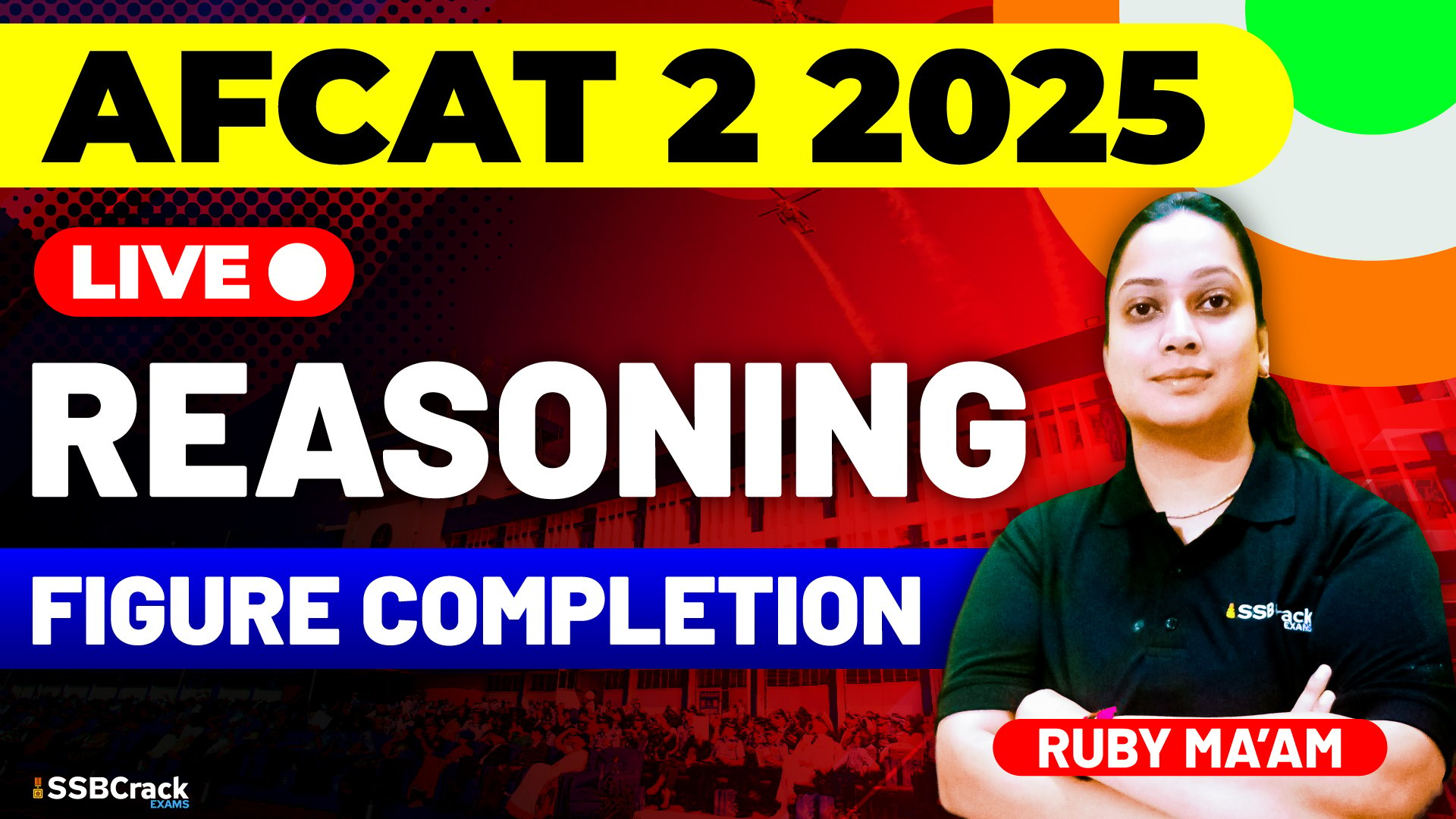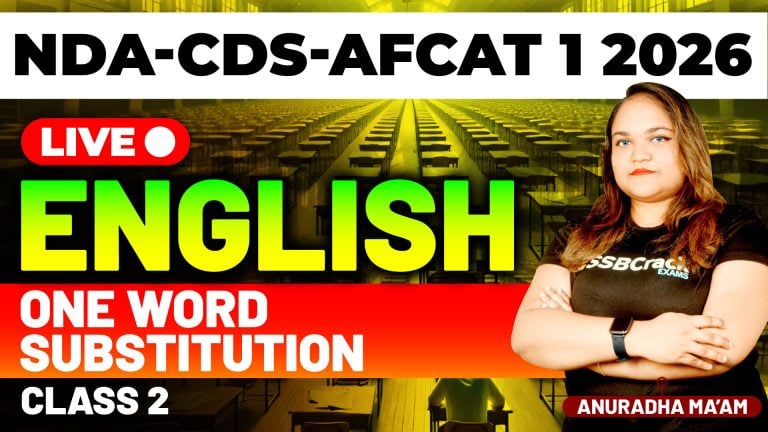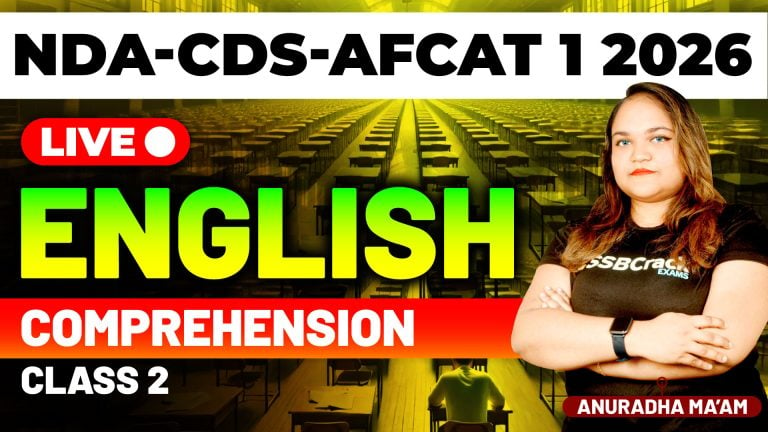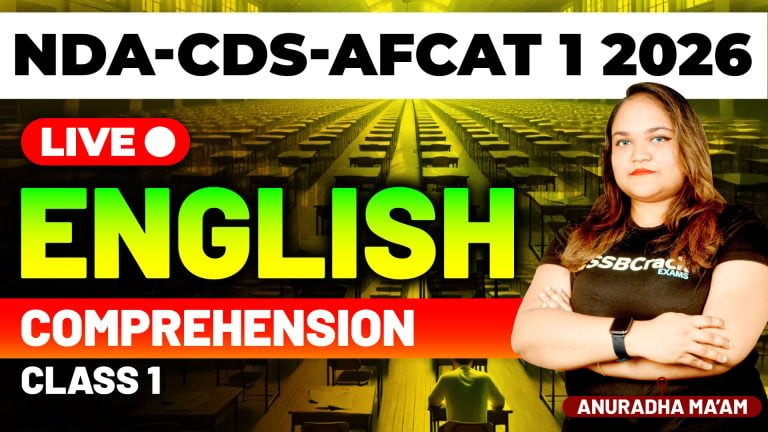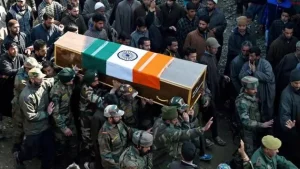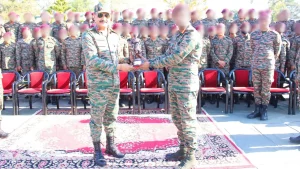When preparing for the AFCAT (Air Force Common Admission Test), candidates often focus heavily on English, General Awareness, and Numerical Ability. However, the Reasoning and Military Aptitude Test (RMAT) is equally critical—and within this section, Figure Completion plays a significant role. Despite being a relatively smaller topic, its importance is often underestimated. Let’s understand why mastering this topic is essential for AFCAT aspirants.
What is Figure Completion?
Figure Completion questions require you to identify the missing portion of an incomplete image or pattern from a set of options. It tests your visual perception, spatial reasoning, and pattern recognition—skills that are vital for future officers in the Indian Air Force, where quick and accurate decision-making is non-negotiable.
Why is Figure Completion Important for AFCAT?
1. Scoring and Time-efficient
Figure Completion questions are objective and straightforward. Once you recognize the pattern, you can solve them quickly—usually under 30 seconds per question. This makes them an excellent opportunity to boost your score without spending much time.
2. Tests Officer-like Qualities (OLQs)
The AFCAT is not just an academic test—it’s a test of aptitude. Figure Completion reflects a candidate’s attention to detail, ability to visualize in 3D, and logical reasoning. These are directly tied to core OLQs such as effective intelligence, speed of decision-making, and mental alertness.
3. Frequent in AFCAT Exams
Though the number of Figure Completion questions may vary from paper to paper, they are a consistent part of the RMAT section. Ignoring this topic means missing out on easy marks that can make a difference in overall cut-offs.
4. Improves Spatial and Visual Thinking
Working on Figure Completion enhances your ability to understand and process visual information quickly—a skill relevant in the aviation field, where interpreting dashboards, radar screens, and flight data is routine.
Tips to Master Figure Completion
- Practice regularly using previous AFCAT papers and reasoning books.
- Focus on common patterns like symmetry, rotation, reflection, and missing edges or lines.
- Avoid overthinking—your first instinct is often correct.
- Time your practice sessions to improve speed and accuracy.
